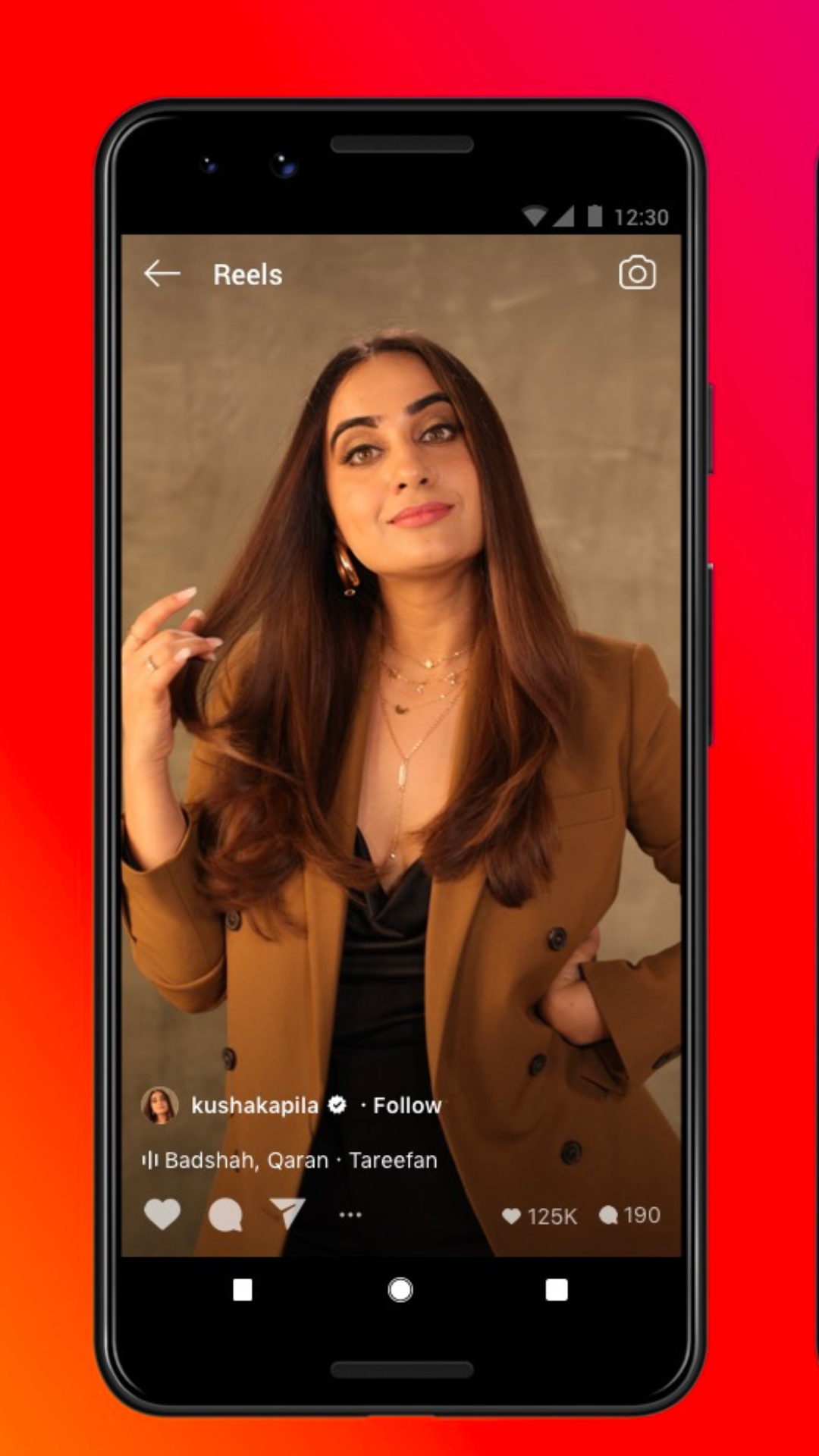Has a seemingly innocuous acronym, MMS, become the unexpected key to unlocking viral success on Instagram? The answer, as the digital landscape continues to evolve at breakneck speed, is a resounding, and complex, yes.
The echo of a shared video, a fleeting image, or a brief, intimate moment – all packaged within the familiar confines of a multimedia messaging service (MMS) – has the potential to ignite a firestorm of attention on Instagram. This is the reality we face. The platform, once known for curated feeds and carefully crafted aesthetics, is now equally, if not more, susceptible to the raw, immediate impact of content that spreads like wildfire, often transcending the boundaries of taste, decency, and even legality. Understanding this phenomenon requires a deep dive into the mechanics of social media, the psychology of virality, and the darker corners of the internet where such content often originates.
| Category | Details |
|---|---|
| Subject | Viral Content on Instagram, specifically related to MMS videos and images. |
| Context | The rapid spread of multimedia content (often videos or images) on Instagram that gains significant attention and engagement, sometimes crossing into controversial or explicit territories. |
| Key Players |
|
| Content Characteristics |
|
| Impact |
|
| Platform | |
| Related Concepts |
|
| Ethical Considerations |
|
| Legal Implications |
|
The phrase Viral MMS has become a shorthand for this phenomenon. It encapsulates the core ingredients: the MMS representing the format of delivery (though the direct use of MMS messaging for distribution on Instagram is less common now), and Viral describing the exponential spread and widespread attention that these videos and images often achieve. The speed with which this content can proliferate is staggering. A seemingly innocuous video, a provocative image, or a moment of private vulnerability can explode across the platform, reaching millions of users in a matter of hours or days. This can be further amplified by the algorithm, which prioritizes content that generates high engagement, driving its reach even further.
The underlying mechanics of this virality are complex, but several key elements contribute to the phenomenon. First, the nature of Instagram itself, which is fundamentally a visual platform, makes it susceptible to visually compelling content. Videos, in particular, are powerful tools for capturing attention, conveying emotions, and sparking immediate reactions. The rise of Instagram Reels, which allows creators to produce short-form videos, has further accelerated the trend. Reels are designed for rapid consumption, and content creators use this feature to create material that can go viral in a relatively short amount of time. The algorithm of Instagram, which plays a critical role in determining which content reaches the largest audiences, also plays a huge part.
The allure of virality is undeniable. For content creators, it represents the holy grail – a chance to gain followers, establish themselves as influencers, and potentially monetize their content. Businesses and brands also seek to leverage viral trends to increase visibility and reach. However, the pursuit of virality can often lead to a race to the bottom, where content creators are willing to push boundaries, sometimes even at the expense of ethics, legality, and personal privacy. The spread of what is being termed as Instagram Viral MMS XXX raises serious ethical and social concerns.
The term XXX is often added to indicate the explicit or mature nature of the content, and this raises a host of complex questions about consent, exploitation, and the potential for harm. Such content can be incredibly damaging to the individuals featured in the videos and images, and also fuels a culture of objectification and the potential for exploitation, which raises important questions about regulation and the platform's responsibility in monitoring and removing such content.
It's also vital to acknowledge that the creation and distribution of this type of content often involve complex legal and ethical issues. Privacy violations, copyright infringements, and the potential for defamation are all significant concerns. Moreover, the very nature of this content, which often involves the exploitation of individuals, especially women and children, raises profound ethical questions.
For those seeking to navigate the murky waters of viral marketing, a comprehensive understanding of the Instagram algorithm is essential. This includes factors such as engagement metrics (likes, comments, shares, saves), the recency of the content, the relevance of the content to the user's interests (as determined by the platform's data gathering), and the overall quality of the content. Effective use of hashtags, strategic posting times, and consistent engagement with followers are all also crucial components of any attempt to go viral.
The ethical implications of participating in, or creating, this kind of content must be considered. The line between clever marketing and harmful exploitation can be blurry. Protecting privacy, obtaining proper consent, and adhering to all legal requirements are not just good practices; they are essential. Furthermore, content creators and brands must understand that the potential for damage to reputation is significant, especially if the content is perceived as unethical or exploitative.
The case of Subhashree Sahi provides a glimpse into the human cost associated with the viral internet. Whether an individual desires the attention or not, the nature of the digital sphere is such that personal moments and images can be shared at a rapid rate. This can lead to harassment, cyberbullying, and a loss of control over one’s image. These are issues that demand consideration and require a proactive approach that includes stronger privacy controls, better content moderation, and a greater emphasis on digital literacy and ethical online behavior.
Viral Bhayani, a prominent figure within the world of Instagram and content creation, serves as a case study in how these trends are reported. His feed often includes content related to viral videos and trends, and he’s active on the platform, providing commentary and analysis on the content. His presence exemplifies the role of influencers, both in disseminating information and, sometimes, amplifying the reach of the content. It is essential that even the content creators, or those reporting on them, are mindful of ethical considerations and the impact of such videos.
The use of mobile marketing through email, SMS, and even MMS, has the capacity to engage users and to create effective marketing campaigns. It highlights how the core messaging system used in the past is still in effect today, and the way marketers can make use of them. Identifying what contributes to the conversion of funnels is a key piece of information, and shows just how much the content has the potential to grab attention.
In conclusion, while the pursuit of viral MMS on Instagram may offer opportunities for attention and reach, the ethical and legal pitfalls are significant. A responsible approach requires a nuanced understanding of the platform's algorithm, an unwavering commitment to ethical practices, and a constant awareness of the potential harm caused by irresponsible content creation and sharing. The quest for virality should never come at the expense of individual privacy, dignity, or safety. The digital landscape is constantly changing. As such, navigating this space successfully requires constant vigilance, critical thinking, and a commitment to responsible content creation and consumption.




